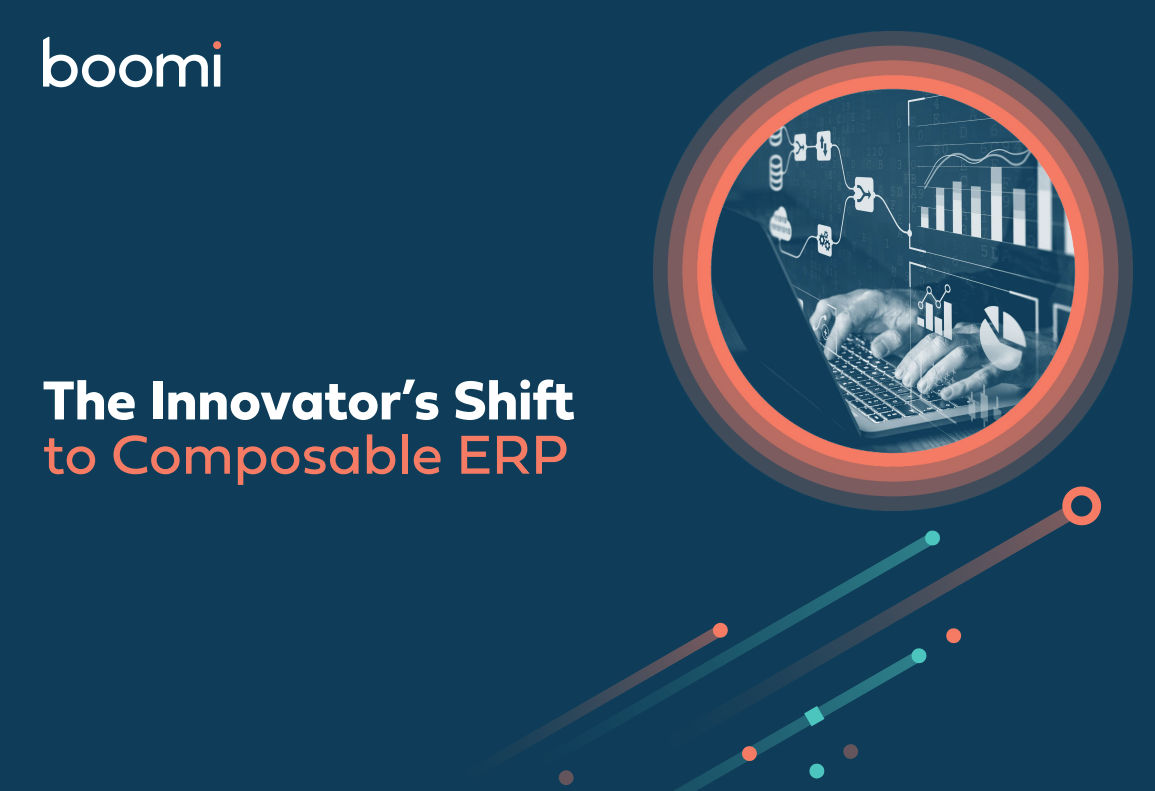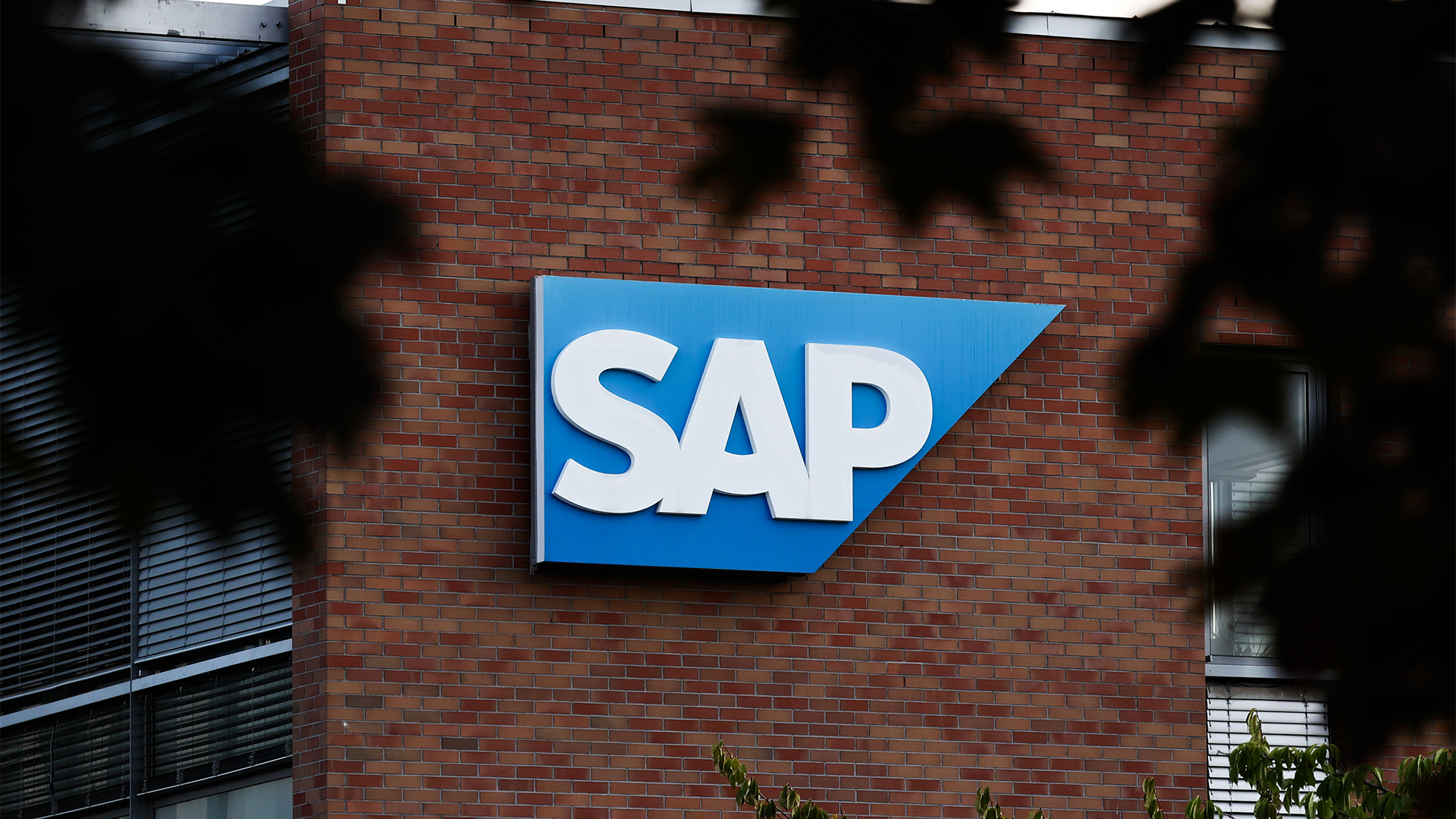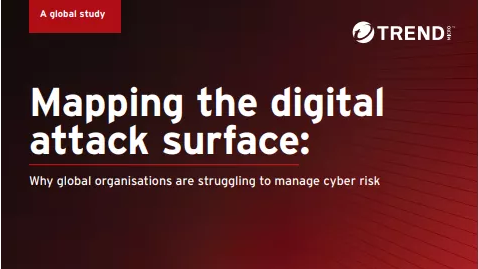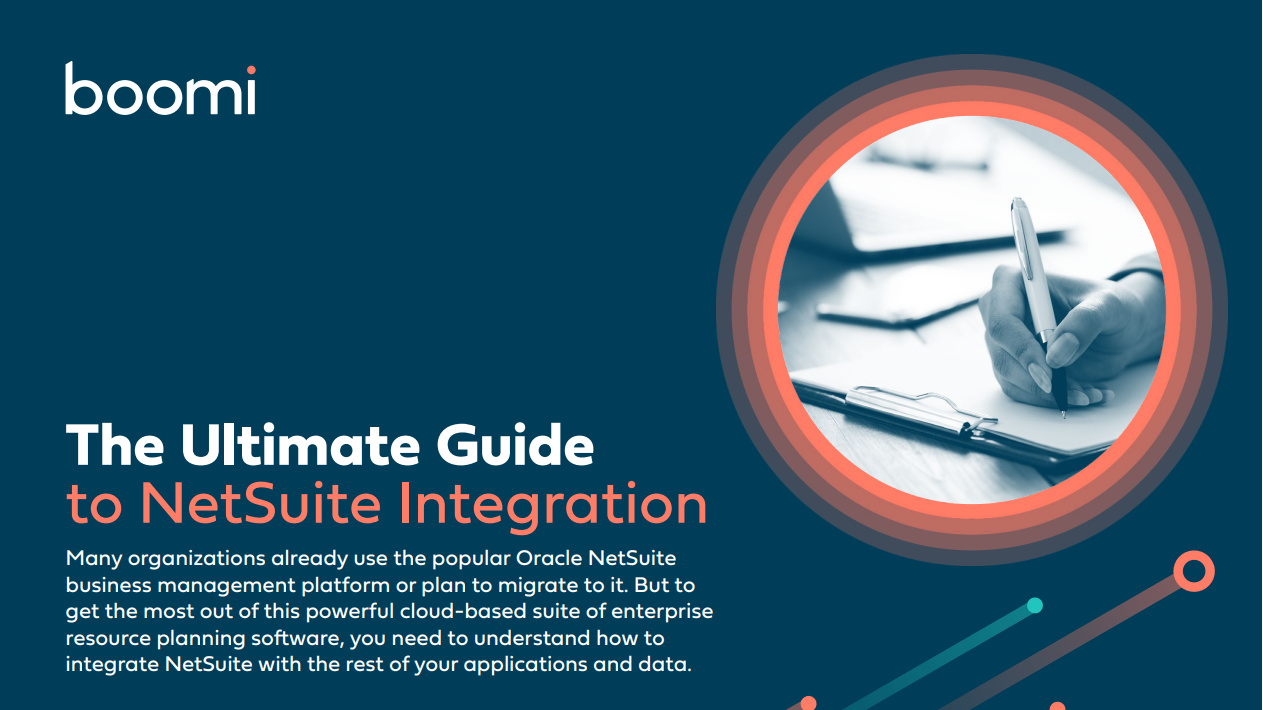How to greenify your digital transformation strategy
Digital transformation strategies can enable companies to meet ESG goals, but the environmental impact of going digital shouldn’t be overlooked


Corporate climate action is growing. At COP26 in November last year, more than half of FTSE 100 companies pledged to eliminate carbon emissions in line with the UK’s target of net-zero emissions by 2050.
Environmental, social and corporate governance (ESG) is gaining popularity among smaller and medium-sized companies as well. Digital transformation, in particular, can enable sustainable business practices and help companies to hit ESG targets.
IT leaders and CTOs have a role to play in not only supporting how their company is using technology to plan and operate more efficiently but ensuring the technology is being procured and used with sustainability in mind.
It can be difficult, however, to sieve through the alphabet soup of ESG and know where to begin without being accused of greenwashing. There are a number of key steps, though, that IT leaders can take to pursue environmentally-friendly digital transformation strategies.
Monitor employee emissions
Thanks to Internet of Things (IoT) devices, sensors and real-time data capturing, reporting ESG data to improve operational efficiencies is gaining traction. KPMG’s Survey of sustainability reporting at technology companies, published in April 2021, found 83% of 311 respondents actively report on sustainability, while 70% report carbon reduction targets.
Although companies are getting better at monitoring emissions from sources they own and operate, known as Scope 1 and 2 emissions, they’re not as adept at reporting scope 3 emissions – those up and down a company’s value chain. Unlike scope 1 and 2 emissions, which are mandatory, scope 3 emissions are optional.
RELATED RESOURCE

The innovator’s shift to composable ERP
How to modernise with as little risk as possible
The shift to remote and hybrid working during the pandemic has raised the question of whether companies should be including Scope 3 emissions in their reports. Sustainability depends on a reduction in carbon but studies indicate these models of working simply shift emissions away from the office. According to the climate consultancy EcoAct, a decrease in emissions related to commuting may make up for this, but it cautioned this can’t be known without taking into account emissions from a company’s operations.
Sign up today and you will receive a free copy of our Future Focus 2025 report - the leading guidance on AI, cybersecurity and other IT challenges as per 700+ senior executives
At the least, businesses would do well to encourage or ask employees to adopt sustainable IT practices and lower their digital footprint. Nearly half (42%) of IT leaders polled by the Confederation of British Industry (CBI) in January are tracking the environmental impact of employees working remotely, including the electricity tariff they’re on.
Consider the environmental impact of the cloud
The pandemic accelerated the adoption of the cloud, and for good reason. Accenture research shows migrating to the public cloud could lead to 30% to 40% total cost of ownership (TCO) savings.
The true impact of cloud computing and services, however, is often not communicated properly throughout enterprises, Kelly Hungerford, director of digital transformation strategy and services at oral healthcare company Sunstar Global, tells IT Pro.
“Efforts to lift and shift on-premise operations to the cloud – or spin up new services – are typically associated with streamlining operating and development costs. The impact on the business and environment, however, is more compelling than the TCO talk,” says Hungerford.
One of the biggest benefits is the reduction in energy usage. Operating on-site data centres requires a significant amount of power. Then there’s the cost of transporting, using and disposing of the equipment that needs to be factored in.
That said, in the same vein that scope 3 emissions from remote and hybrid working should be considered in ESG reporting, businesses should also be mindful of whether third parties are operating efficiently themselves. As more companies deploy cloud services, it’s putting more pressure on off-premise data centres and leading to more carbon emissions being generated across value chains.
Hungerford says Sunstar Global chooses partners that “incorporate strategic data centre environmental management policies into their business strategy”. “This means that they not only operate sustainably, strive to reduce waste, and commit to powering digital delivery of products with renewable energy, but their partners do as well,” she adds. Gartener, furthermore, predicts carbon emissions from cloud service providers will become a top-three purchasing decision for IT buyers by 2025.
Commit to sustainable hardware management
The end-of-life management of hardware has long been a weak point in business sustainability plans, says Andy Tomkins, sustainability engagement manager at Canon EMEA. With companies, too, increasing their IT and hardware expenditure to accelerate their digital transformation strategies, the situation is only likely to get worse unless steps are taken to mitigate the impact on carbon emissions.
IT buyers should start by purchasing from manufacturers and suppliers that design their products with the circular economy in mind, Xavier Battinger, director of business development at Ricoh Industries France, tells IT Pro. This might, though, be easier for laptops and PCs than specialist equipment, such as servers.
“Businesses should ask themselves if the product they’re purchasing has a long lifespan, whether it can be reused, repurposed or upgraded throughout its life cycle within the firm,” says Battinger.
According to a 2021 study of IT buying in the Netherlands by the Utrecht Sustainability initiative, if all companies were to switch to circular-based procurement and extend hardware life cycles, there would be a 50% drop in e-waste and emissions.
One way to manage hardware end-of-life is through recovery programmes. Ricoh, for example, has its Resource Smart Return Programme, which can be used to return copier and printer cartridges that are then reused or recycled.
Another way is through purchasing from manufacturers that commit to dematerialisation, says Tomkins, whereby a company leases hardware and returns it at the end of the lease. The hardware is repaired or remanufactured before being leased on to the next customer. “All the parts and products under this model need to be designed with maximum recovery of materials in mind.”
Rich is a freelance journalist writing about business and technology for national, B2B and trade publications. While his specialist areas are digital transformation and leadership and workplace issues, he’s also covered everything from how AI can be used to manage inventory levels during stock shortages to how digital twins can transform healthcare. You can follow Rich on LinkedIn.
-
 I couldn’t escape the iPhone 17 Pro this year – and it’s about time we redefined business phones
I couldn’t escape the iPhone 17 Pro this year – and it’s about time we redefined business phonesOpinion ITPro is back on smartphone reviews, as they grow more and more intertwined with our work-life balance
-
 When everything connects, everything’s at risk
When everything connects, everything’s at riskIndustry Insights Growing IoT complexity demands dynamic, automated security for visibility, compliance, and resilience
-
 SAP wants to take data sovereignty to the next level with new 'on-site' infrastructure options
SAP wants to take data sovereignty to the next level with new 'on-site' infrastructure optionsNews The cloud computing giant will allow customers to host SAP-managed infrastructure directly within their own facilities
-
 The business value of Dell PowerFlex
The business value of Dell PowerFlexWhitepaper Minimize downtime and boost the productivity of IT staff with software-defined infrastructure
-
 Dell Technologies continuously modern storage
Dell Technologies continuously modern storageWhitepaper Maximize the value of your data
-
 Bring your storage from ground to cloud
Bring your storage from ground to cloudWhitepaper Dell APEX Storage for public cloud
-
 Three innovative technologies to address UPS challenges at the edge
Three innovative technologies to address UPS challenges at the edgeWhitepaper With increasing focus on edge computing comes added pressure for better uninterruptible power supply (UPS)
-
 Mapping the digital attack surface
Mapping the digital attack surfaceWhitepaper Why global organizations are struggling to manage cyber risk
-
 The right workload in the right cloud: Your cloud. Your terms.
The right workload in the right cloud: Your cloud. Your terms.Whitepaper Looking to get more from your cloud experience?
-
 The ultimate guide to Netsuite integration
The ultimate guide to Netsuite integrationwhitepaper Download this eBook and get the most out of this powerful cloud-based suite of ERP software
